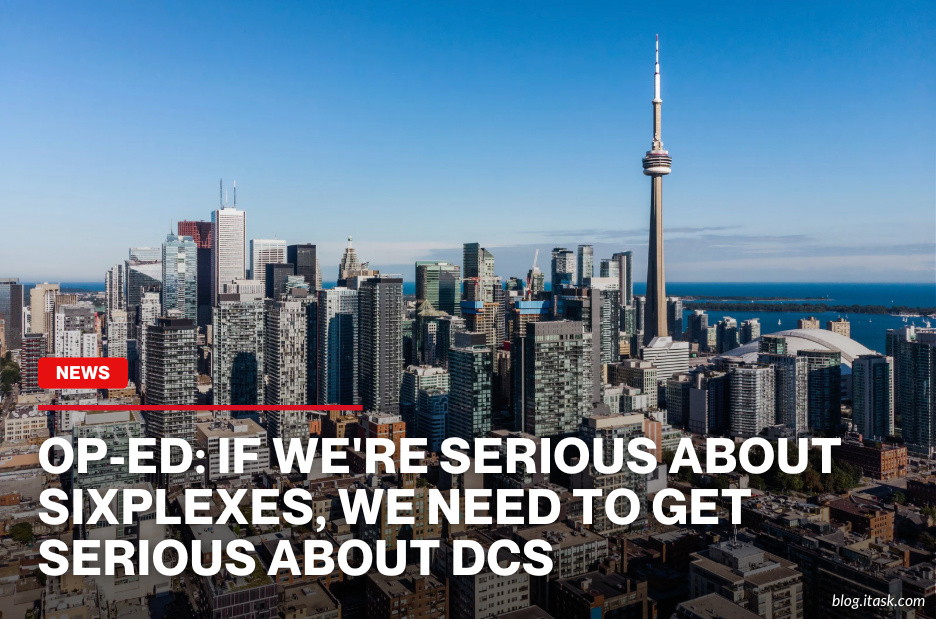Op-Ed: If We're Serious About Sixplexes, We Need To Get Serious About DCs
Op-Ed: If We're Serious About Sixplexes, We Need To Get Serious About DCs

Toronto says it wants more housing, but it’s making it harder to build the very homes that could help solve the crisis. The Ontario government recently made it legal to build sixplexes almost anywhere in the city, but developers say city policies — especially development charges, or DCs — are blocking progress. DCs are fees the city charges builders to help pay for things like roads, parks, and water systems. The idea makes sense in theory, but in practice, they’re making sixplexes too expensive to build.
Right now, it can cost over $450,000 in DCs alone to build a single sixplex in Toronto. That’s money paid before a shovel even hits the ground. In some cases, the fees are so high they wipe out any chance of turning a profit. That’s a big problem when Toronto is trying to encourage more “missing middle” housing — the kind that fits between high-rises and single-family homes. Sixplexes are seen as a key part of that mix. They’re low-rise, fit well into existing neighborhoods, and don’t drastically change the look and feel of a street.
But when city fees are this high, builders walk away. There’s no point in pushing forward with a project that won’t break even, let alone make money. Many developers say they would gladly build sixplexes if the numbers made sense. The problem isn’t a lack of demand or land — it’s the math. DCs are simply too steep for small-scale projects like this. Unlike a condo tower that spreads fees across hundreds of units, a sixplex has to carry that burden with just six.
Toronto officials say they need the money to fund city infrastructure, but critics argue the current approach is self-defeating. If the city truly wants to meet its housing goals — especially with a target of 285,000 new homes by 2031 — it needs to rethink how it applies fees to smaller developments. Other cities, like Edmonton and Ottawa, offer incentives or reduced charges for infill housing. Some even waive DCs entirely for small projects. These cities recognize that if you want more homes, you can’t punish the people trying to build them.
A more balanced system wouldn’t just help developers — it would help renters and buyers, too. Lower DCs mean lower building costs, which can translate into more affordable rents or purchase prices. Right now, we’re in a situation where policy is working against itself. On one hand, the province opens the door to more sixplexes. On the other hand, the city slams it shut with sky-high fees. If both levels of government aren’t rowing in the same direction, housing won’t get built.
Fixing this doesn’t mean giving developers a free ride. It means being smart about where fees are applied and how much is charged. It means supporting the kind of housing we say we want, not just in theory, but in real terms. If Toronto is serious about sixplexes, it’s time to back that up with action — and that starts by taking a hard look at DCs.
